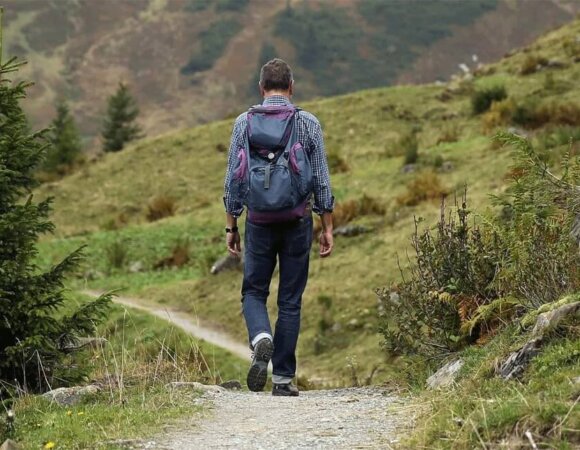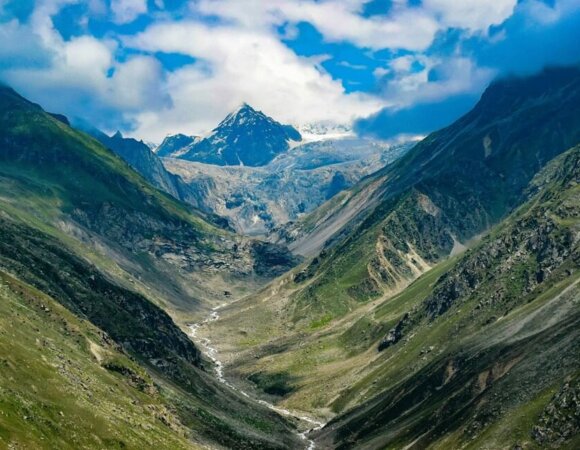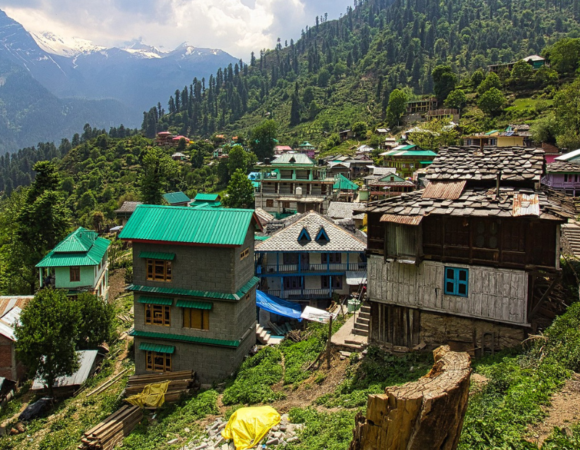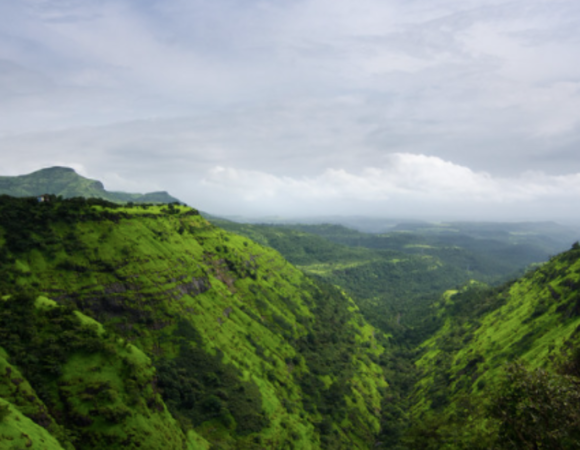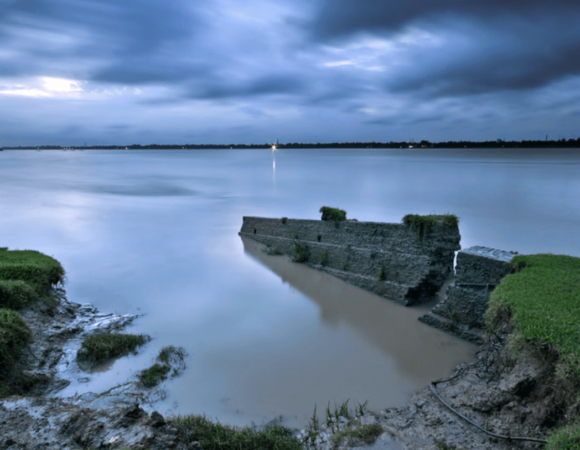Anshu Pragyan Das – India’s First Eco-Forest & Zero-Plastic Vision
In a world grappling with climate change and unsustainable practices, Anshu Pragyan Das, the Divisional Forest Officer (DFO) of the Mahanadi Wildlife Division, has emerged as a beacon of hope. Through her visionary leadership, she has transformed the tiny village of Muduligadia in Odisha into a self-sustainable, eco-friendly haven. Her groundbreaking eco-tourism initiative has provided livelihoods to villagers and reinforced conservation efforts, setting an unparalleled example in sustainable tourism and environmental preservation.
Table of Contents
Toggle
The Birth of an Eco-Village
Nestled along the pristine banks of the Mahanadi River in the Nayagarh district, Muduligadia was once an unremarkable hamlet. However, in 2018, under the guidance of Anshu Pragyan Das, the village underwent a remarkable transformation. She introduced a community-based eco-tourism model that enabled the residents to earn a substantial income while simultaneously protecting their natural surroundings.
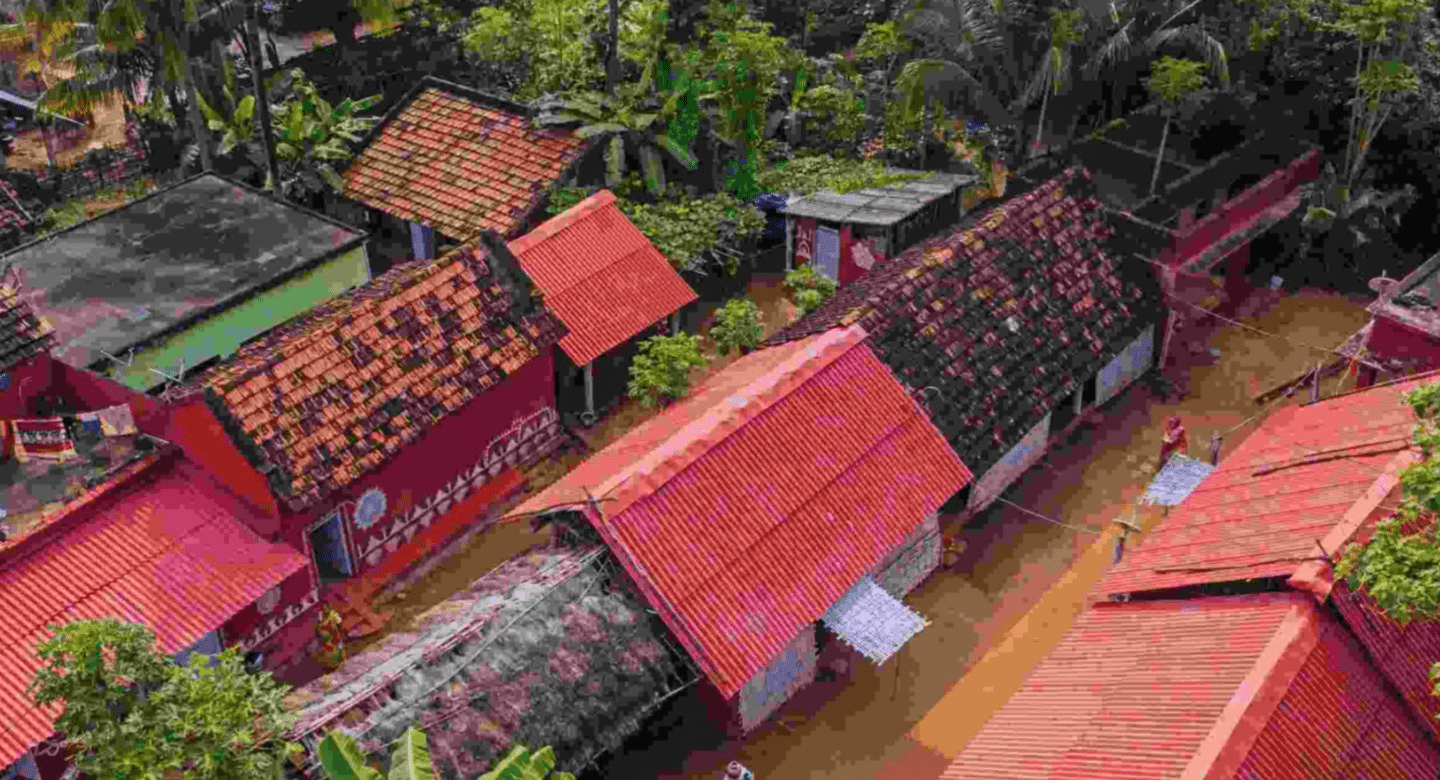
The eco-tourism project focused on two primary objectives:
- Generating sustainable livelihoods for villagers
- Promoting forest conservation and reducing environmental impact
Through collective community efforts, the villagers developed tourism-friendly infrastructure, such as eco-lodges, tent accommodations, and scenic nature trails. They also adopted stringent conservation measures to protect their environment.
A Model for Sustainable Development
The eco-tourism initiative turned Muduligadia into Odisha’s first self-sustainable eco-village with zero-waste principles. Some key achievements include:
- Zero-Plastic Policy: The village adopted a strict no-plastic policy, ensuring no waste pollution in its surroundings.
- Use of LPG Instead of Firewood: All 35 households in the village transitioned to LPG cooking, drastically reducing deforestation and indoor air pollution.
- Eco-Development Committee (EDC): The villagers formed an EDC to oversee eco-tourism and sustainable practices, ensuring long-term sustainability.
- Waste Management & Sanitation: Anshu Pragyan Das led efforts to make the village open defecation-free (ODF) by encouraging the construction of toilets and dustbin installations for proper waste disposal.
- Aesthetic & Cultural Enhancements: Villagers painted their houses with vibrant wall art, adding to the scenic charm of the area and attracting more visitors.
The Economic Impact
The eco-tourism model pioneered by Anshu Pragyan Das has transformed Muduligadia’s economy. Through tourism revenue, the villagers collectively earn over Rs 1 crore annually. The income generated is distributed as wages among the villagers, ensuring financial stability, while a portion is reinvested into community development and conservation projects.
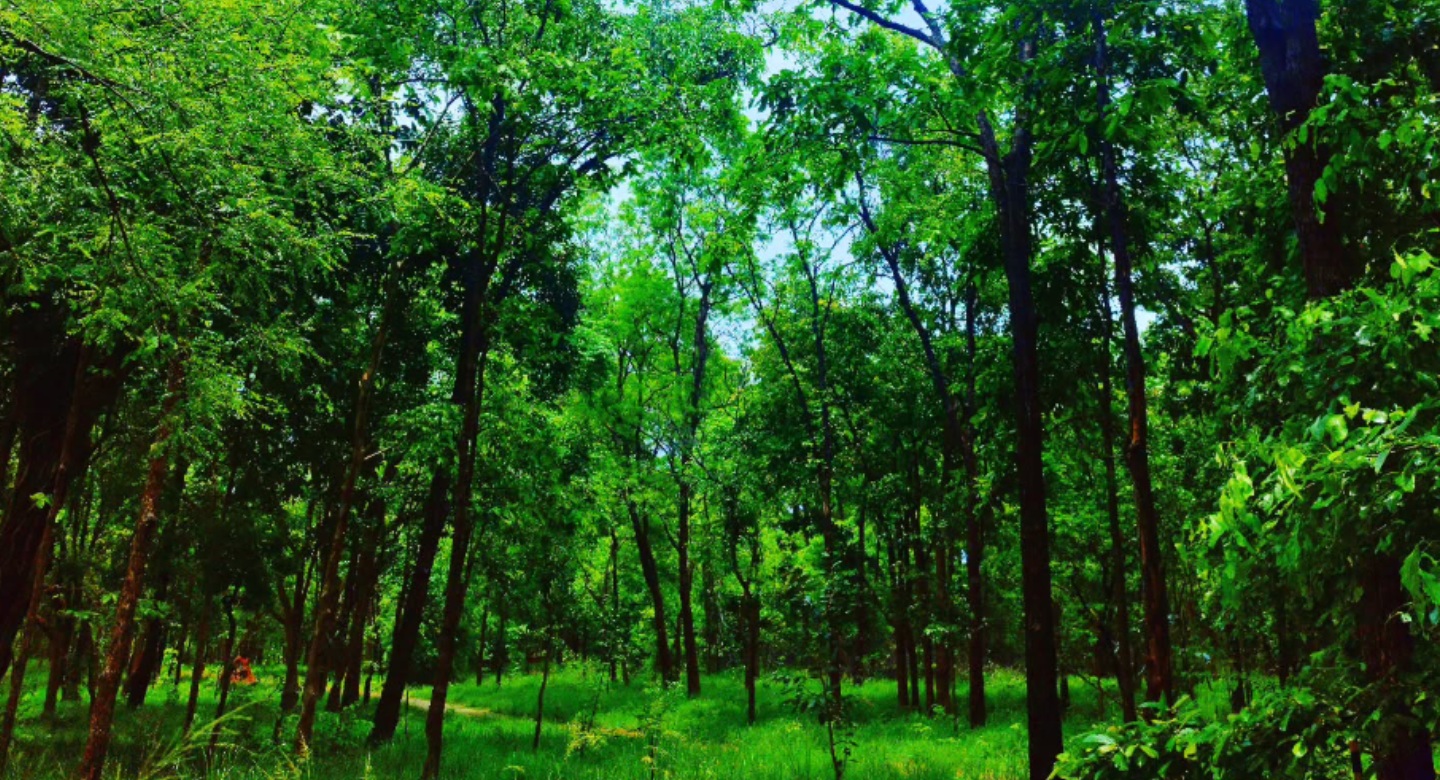
The Odisha Model of Eco-Tourism:
- Over 80% of the total tourism revenue is distributed among the community members.
- The remaining 20% is reinvested into infrastructure maintenance and upgradation.
- A percentage of the earnings is officially allocated for village development.
This self-sufficient model has significantly reduced villagers’ dependence on forest resources for their livelihood, leading to improved conservation efforts.
The Satkosia Connection
The eco-village is located near the Satkosia Tiger Reserve, one of India’s most scenic wildlife sanctuaries. The project also aligns with the Satkosia Sands Resort & Nature Camp, a government-backed eco-tourism initiative set up in 2016. This synergy has boosted the region’s tourism appeal and created additional employment opportunities.

A Future of Sustainable Tourism
Thanks to Anshu Pragyan Das’s unwavering dedication, Muduligadia has become a model for sustainable tourism in India. Her initiatives highlight how eco-tourism can serve as a powerful tool for conservation and rural development.
The success of this project proves that community-driven efforts can lead to remarkable environmental and economic transformations. With India’s rapid popularity of eco-tourism, the Odisha model stands as an exemplary framework for other regions seeking sustainable growth.
Let’s Summarize The Journey of Anshu Pragyan Das
Anshu Pragyan Das’s work in Odisha exemplifies how visionary leadership can bring about positive environmental and social change. She has carved a path for a greener future by integrating sustainability with economic growth. Her initiatives in eco-tourism and conservation serve as an inspiration for the entire country, proving that when communities and nature work together, prosperity follows.
As India continues its journey towards sustainability, the remarkable achievements of Muduligadia will undoubtedly inspire countless other villages to follow suit, fostering a greener, cleaner, and more prosperous future for all.
Key Takeaways:
- Muduligadia’s success story showcases the power of eco-tourism in rural development.
- Anshu Pragyan Das’s initiatives have created a self-sustaining economy while preserving biodiversity.
- The Odisha Model of Eco-Tourism serves as a blueprint for sustainable tourism across India.
- Strict conservation practices, such as the zero-plastic policy and LPG adoption, have set new standards for responsible tourism.
- The future of sustainable travel in India is bright, with eco-tourism emerging as a game-changer for environmental conservation.
How to Connect with Anshu Pragyan Das
If you are inspired by her work and wish to connect with Anshu Pragyan Das for insights, collaborations, or eco-tourism initiatives, you can reach out through the following channels:
- LinkedIn: Anshu Pragyan Das
- Instagram: @ anshupragyan
Explore the Journeys of Other Sustainable Hero’s
Radhe Shyam Bishnoi: The Guardian of the Great Indian Bustard
Patanjali Jha – Creating Food Forests for Livelihood & Ecology
D. Saravanan – Transforming Barren Land into a Thriving Forest



